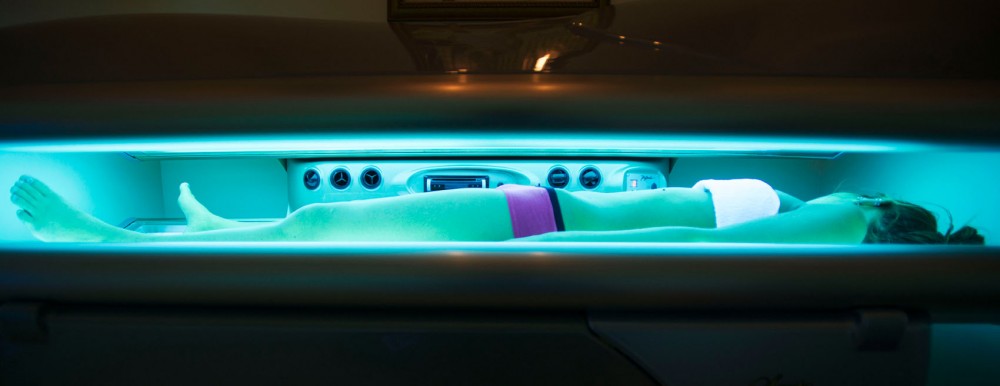Opening a tanning salon in Dinkytown was a no-brainer for owner Debbe Tomberlin.
U-Tan, located in the basement of Five Guys Burgers and Fries on Fourth Street Southeast, opened in early May during what Tomberlin calls a “dead season” for indoor tanning.
Despite the slow start, Tomberlin said she’s confident her salon will be successful with students in the area because of the demand for tanning and her low prices.
Tanning gained popularity in the early 1980s and has since become a $4.9 billion industry. A 2010 National Health Interview Survey found that 44 percent of white Midwestern women ages 18-21 tan.
Joshua Miller, district manager of Darque Tan on Washington Avenue, said the luxury-style tanning salon relies on students during the school year, although it’s not their most popular location.
SOL Tan and Spa on Como Avenue also has a primarily student-based clientele. Co-owner Grant Vaith says the large student population in Como brings in a lot of customers to the salon.
Zach Wagner, a U-Tan customer, said he started going to U-Tan because it was close to his work in Dinkytown and it’s cheaper than other tanning salons in the area.
Salon staff agreed most customers tan for cosmetic reasons, but many students are seeking relief for mood disorders as well.
A lot of customers with seasonal affective disorder come in during the winter, Tomberlin said.
“Tanning makes you feel good,” she said, adding that some customers are referred to tanning by their doctors for SAD treatment.
DeAnn Lazovich, epidemiology professor and co-leader of the Masonic Cancer Center’s Prevention and Etiology Program, said UV radiation from tanning beds does seem to increase endorphin production but suggested people get endorphins from alternative sources, like exercise.
Tanning risks
The School of Public Health and Masonic Cancer Center’s 2010 study on indoor tanning found that people who use tanning beds for any amount of time are 74 percent more likely to get melanoma — the second-most common cancer for adolescents and young adults — than those who don’t use tanning beds.
Liz Bailey, SOL Tan and Spa assistant manager, said she started tanning in high school and was aware of the risks involved.
“I would prefer to be tan rather than pale,” Bailey said, adding that most people who tan know the potential risks of getting skin cancer.
SOL Tan and Spa, Darque Tan and U-Tan all discourage their customers from tanning if they’ve had skin cancer.
“Tanning has gotten a bad rep,” Tomberlin said. “There’s good and bad in everything.”
Some customers have switched to sunless tanning options, such as spray tans, to avoid skin damage.
Miller said 20 percent of their clientele use spray tans — a 10 percent increase from three years ago.
Spray tans are a good option for people who don’t tan easily, Miller said, and they will likely become more popular in the future.








